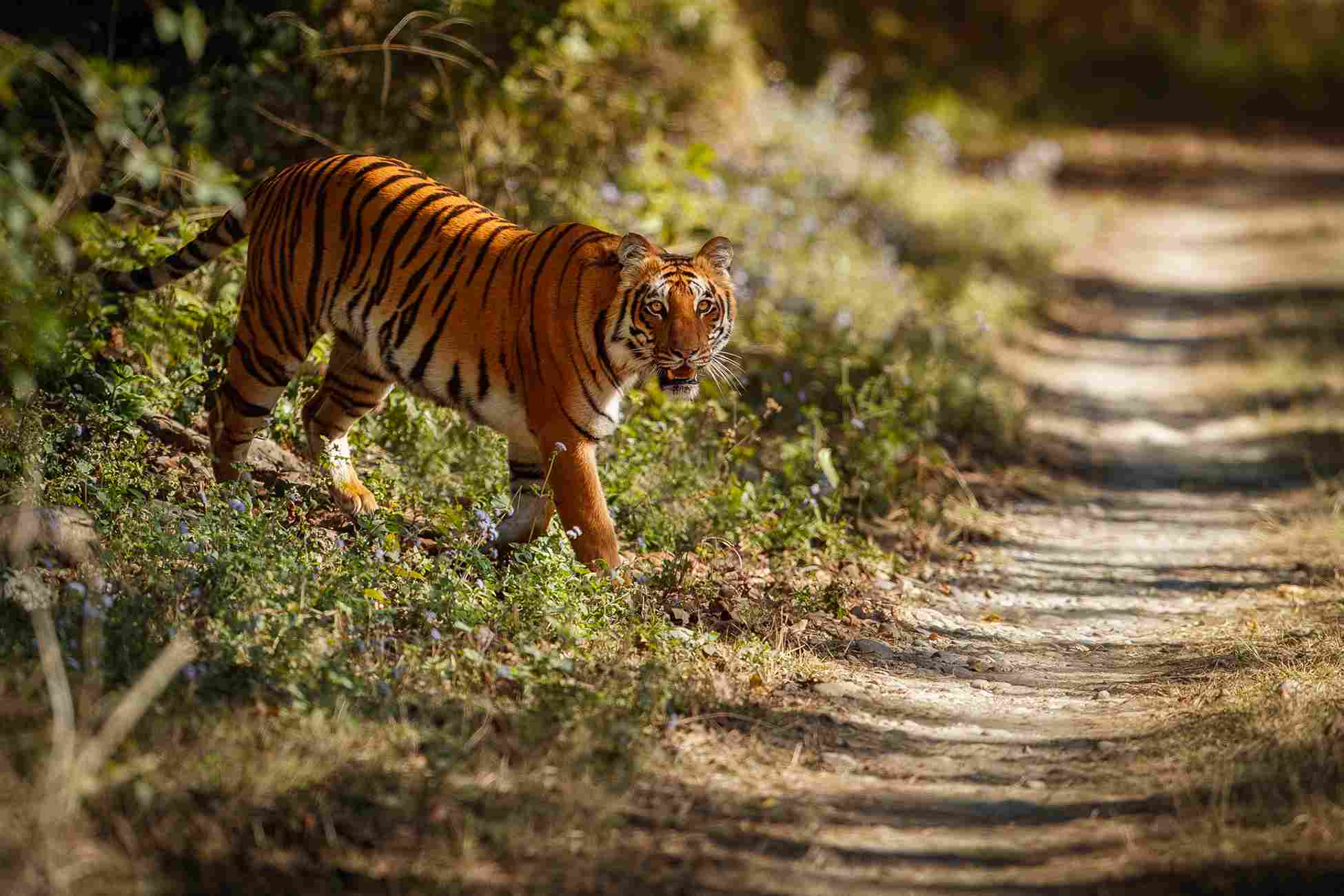The Global Travel Staffing Barometer quantifies the discharged staff and aims to become the central hub for tracking the loss of human resources, and in time offer the first glimpses for the road to recovery for the global travel industry.
The free-to-use tracker offers data on terminations, furloughs and pay-cuts across industry categories and countries.
“The travel industry is crumbling before our eyes with more than half a million lay-offs in less than a month. Amid the global spread of the pandemic, companies of all shapes and sizes – from the billion-dollar valued to start-ups – are trimming costs, disbanding, and letting go off their most precious asset – the workforce,” observes Virendra Jain, Co-founder and CEO, Videc.
To quantify this, boutique advisory and analytics firm, Videc, has launched a Global Travel Staffing Barometer, an online resource to monitor the impact of COVID-19 on the travel, tourism and hospitality industries. The free-to-use tracker offers data on terminations, furloughs and pay-cuts across industry categories and countries, collated from various sources and updated on a daily basis.
“The travel, tourism and hospitality industry employs almost about 10 per cent of the global workforce, directly and indirectly. The industry is the biggest contributor to both the global economy and jobs. We have been tracking the developments in China very closely and by March 2020, it was evident that the global travel industry was in the throes of unprecedented carnage. The industry will be one of the first and the foremost fatalities, whether it is ready or not,” Jain adds.
Giving an overview of what the impact has been in India, Jain adds, “India is under-represented in our analysis because many companies aren’t sharing specific details around their cost-cutting measures. Still, across the 30 companies tracked, we have tracked 15,550 jobs at risk, including terminations and furloughs to date. More companies in India are initiating management and staff pay-cuts compared to simply laying off their workforce.”
Will this change in the next two to six months? Jain says that there’s no one answer. “More airlines have furloughed and initiated pay-cuts, whereas in hotels the quantum of terminations is way higher. The forecast is likely to be bleak in the absence of government-supported bailouts for these companies and lack of unemployment schemes for the workforce being laid off or furloughed,” he says.
From a domestic tourism perspective, Jain anticipates in-city staycations and road trips picking up first. “Upon recovery, air and train transport will still operate at minimal levels, and scale up in a staggered manner. The Indian cruise industry is still very nascent, and the limited ability to maintain social distancing on-board will deter masses from taking cruise holidays,” he says.
 TravTalk India Online Magazine
TravTalk India Online Magazine




